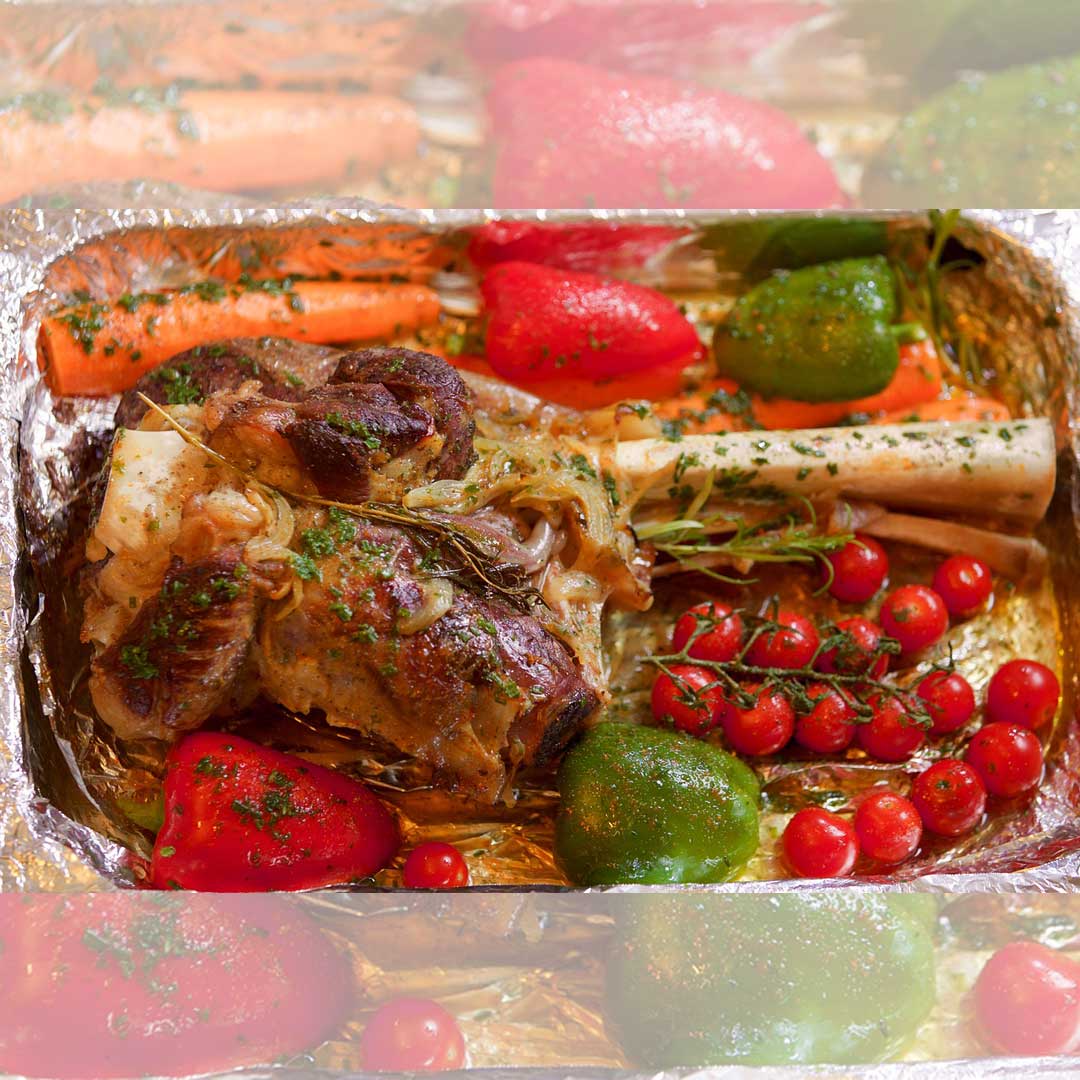
The Shocking Truth Behind Greek Easter Traditions: What They're Not Telling You About the Lamb, the Eggs, and the Red!
Get ready to have your mind blown! You think you know what Greek Easter is all about? Think again! Behind the festive atmosphere and delicious food, lies a web of secrets and symbolism that will leave you speechless. From the humble lamb to the vibrant red eggs, every tradition has a hidden meaning that will make you see Greek Easter in a whole new light. So, are you ready to uncover the shocking truth? Let's dive in and unwrap the mysteries of Greek Easter traditions!
Lamb symbolism: The lamb represents Christ, but also has roots in ancient Greek traditions, where lambs were sacrificed to honor gods like Apollo and Zeus.
Red eggs: The red color signifies Christ's blood, but also has ties to ancient Greek and Persian traditions, where red eggs symbolized life and fertility.
Easter date: Greek Easter often falls on a different date than Western Easter, due to the Orthodox Church's use of the Julian calendar.
Tsoureki bread: This sweet bread contains a hidden treasure – a coin or a small trinket – which symbolizes good luck and prosperity.
Magiritsa soup: This traditional soup is made with lamb's head and feet, symbolizing the use of every part of the animal and honoring the sacrifice.
Greek Easter customs: Many traditions, like the lamb roasting and red egg decorating, have roots in ancient Greek and pagan practices, highlighting the blending of cultures and influences.
These "secrets" might not be shocking, but they reveal the rich history, symbolism, and cultural blend that make Greek Easter traditions so unique and fascinating!